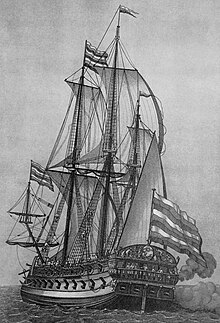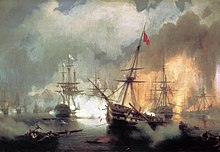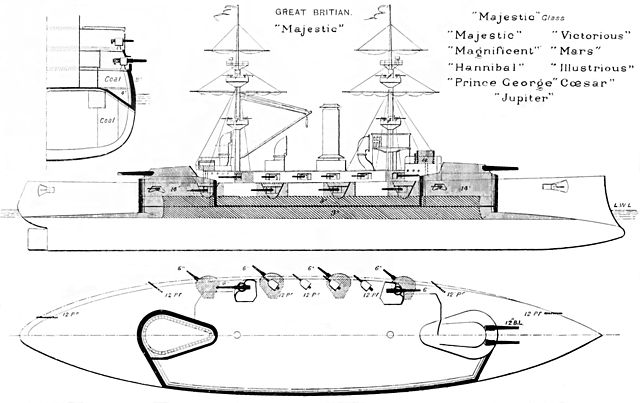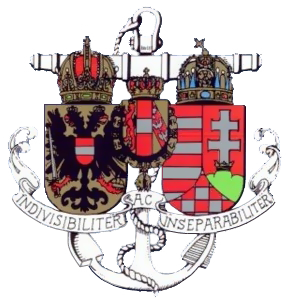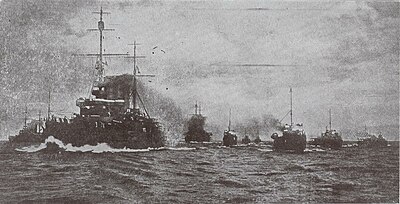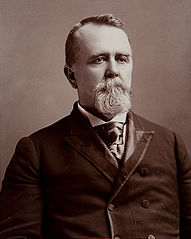This is the opening post for Iron Men and Steel Ships 2: A naval forum game. More or less me trying to do my old Iron Men and Steel Ships game once again. The rules are pretty much identical to the old game. Though the ship builder is a bit more refined this time around and I know what I'm doing better. We are also not going to allow army or non-naval airforce into the game, and they will remain abstracted. Now without further ado.

Welcome to Iron Men and Steel Ships 2: A Naval Forum Game. This game has been designed with the purpose of allowing players to experience the last age before carriers took over the sea (and also the time after carriers appear) and is being GM'd by myself.
In this game players will get to play as the Chief of the Navy for their respective countries starting in the year 1895, and attempt to design the navy they want to take on the world with. On the way they will have to deal with other nations ambitions, budget cuts, and other outside meddling that will put crinks in their plans to create the strongest navy and rule the seas.
Rules and Procedures
Each turn will be anywhere from one to two weeks, taking up a year at a time. When wars break out mini updates will be used to allow multiple 'turns' each round, usually on a 3-4 day schedule between minis. Players are able to send in unlimited orders as their budget allows, and each nation will have access to its own Google Sheets Spreadsheet where it will be able to place it's designed ships and plans for the year. Each turn they will also be given a list of events with options they can select to deal with the event. These selections will potentially effect them in everything ranging from having to giving in to government demands, to getting extra funding, to ending up suddenly at war with another player. As the players are not incharge of their nations head of state, war may come at any time without their ability to stop
For designing ships, a designer has been developed and will be sent along with the previously mentioned sheet to each player individually once the game starts.
Countries
There are currently 10 countries available to play. These nations are:
The United Kingdom (Olligarchy)
Imperial Germany (Claimed by Riccardo93)
Imperial Russia (Dutchguy)
United States of America (Fingon)
Confederate States of America (Arrow)
The Kingdom of Italy (Claimed by Aedan777)
Imperial Japan (Cheef)
Austria-Hungary (Cleeque)
The Republic of France (Terra)
The Spanish Empire (Oxford)
(Tentatively if the other spots fill up)
Ottoman Empire
Qing China (Cloud Strife)
Portuguese Empire
The Netherlands (Luft)
Stats
The most important stat for any player is their Budget. This will control everything you can possibly do and keeping it balanced is extremely important to your continued career. Following this if your naval budget is too high due to lobbying the government, the nation will begin to gain dissent points. If you gain enough dissent points, then a revolution will occur which may oust the player. If this happens during a war you can expect your government to give away significantly more during a peace agreement then you might have wanted to give.
Other stats, such as those specific to ships, can be asked to me on the #wir_main IRC or by PM.
Espionage
Espionage is an important tool to the branch chiefs. Each branch chief is able to allocate some percent of their budget to espionage efforts. Either focused on specific nations or just generally across the board. Espionage has the opportunity to reveal the entire specifics of a class, budget costs, where research is going, and the potential to incite wars, dissent, or even try to cause accidents on specific ships to cause sinking.
Orders
Everyone gets 2 orders per turn. These are for Technological Development, Training and Politics (such as petitioning for more money, or doing fundraisers or the like.) You have an unlimited number of orders for moving ships around and producing new vessels (within your budget.)
To reach the IRC
Link: None
Channel: #WiR_Main
Instructions:
1) Go to www.mibbit.com
2) Open the chat client
3) Select for Connect Box 'The_Airlock'
4) In the channel box, type “/join #WiR_Main” without the quotation marks.
5) You’re in the chat! Welcome!

Welcome to Iron Men and Steel Ships 2: A Naval Forum Game. This game has been designed with the purpose of allowing players to experience the last age before carriers took over the sea (and also the time after carriers appear) and is being GM'd by myself.
In this game players will get to play as the Chief of the Navy for their respective countries starting in the year 1895, and attempt to design the navy they want to take on the world with. On the way they will have to deal with other nations ambitions, budget cuts, and other outside meddling that will put crinks in their plans to create the strongest navy and rule the seas.
Rules and Procedures
Each turn will be anywhere from one to two weeks, taking up a year at a time. When wars break out mini updates will be used to allow multiple 'turns' each round, usually on a 3-4 day schedule between minis. Players are able to send in unlimited orders as their budget allows, and each nation will have access to its own Google Sheets Spreadsheet where it will be able to place it's designed ships and plans for the year. Each turn they will also be given a list of events with options they can select to deal with the event. These selections will potentially effect them in everything ranging from having to giving in to government demands, to getting extra funding, to ending up suddenly at war with another player. As the players are not incharge of their nations head of state, war may come at any time without their ability to stop
For designing ships, a designer has been developed and will be sent along with the previously mentioned sheet to each player individually once the game starts.
Countries
There are currently 10 countries available to play. These nations are:
The United Kingdom (Olligarchy)
Imperial Germany (Claimed by Riccardo93)
Imperial Russia (Dutchguy)
United States of America (Fingon)
Confederate States of America (Arrow)
The Kingdom of Italy (Claimed by Aedan777)
Imperial Japan (Cheef)
Austria-Hungary (Cleeque)
The Republic of France (Terra)
The Spanish Empire (Oxford)
(Tentatively if the other spots fill up)
Ottoman Empire
Qing China (Cloud Strife)
Portuguese Empire
The Netherlands (Luft)
Stats
The most important stat for any player is their Budget. This will control everything you can possibly do and keeping it balanced is extremely important to your continued career. Following this if your naval budget is too high due to lobbying the government, the nation will begin to gain dissent points. If you gain enough dissent points, then a revolution will occur which may oust the player. If this happens during a war you can expect your government to give away significantly more during a peace agreement then you might have wanted to give.
Other stats, such as those specific to ships, can be asked to me on the #wir_main IRC or by PM.
Espionage
Espionage is an important tool to the branch chiefs. Each branch chief is able to allocate some percent of their budget to espionage efforts. Either focused on specific nations or just generally across the board. Espionage has the opportunity to reveal the entire specifics of a class, budget costs, where research is going, and the potential to incite wars, dissent, or even try to cause accidents on specific ships to cause sinking.
Orders
Everyone gets 2 orders per turn. These are for Technological Development, Training and Politics (such as petitioning for more money, or doing fundraisers or the like.) You have an unlimited number of orders for moving ships around and producing new vessels (within your budget.)
To reach the IRC
Link: None
Channel: #WiR_Main
Instructions:
1) Go to www.mibbit.com
2) Open the chat client
3) Select for Connect Box 'The_Airlock'
4) In the channel box, type “/join #WiR_Main” without the quotation marks.
5) You’re in the chat! Welcome!
Last edited:










